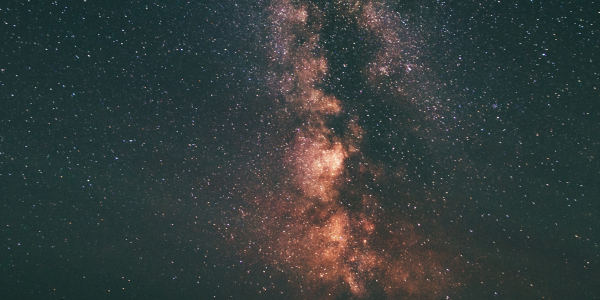St. Louis Astronomical Society Meeting - Recent Happenings in the Millimeter and Radio Universe
Michael Malolepszy is a veteran amateur astronomer. Now employed by the Department of Biology at Washington University, he formerly worked as a Radio Telescope Array Operator at the Very Large Array radio telescope in Socorro, New Mexico. Mr. Malolepszy also presents planetarium programs at the St. Louis Science Center’s McDonnell Planetarium.
In addition to telescopes that use light waves to form images, there are now instruments that “see” the universe in invisible radiation. X-rays, heat, and radio waves are examples. Millimeter waves are high energy radio waves with wavelengths measured in millimeters. When viewed at millimeter and radio wavelengths, the universe looks quite different from the visible light images we can see directly. Michael Malolepszy will talk about recent events in millimeter and radio wavelength astronomy such as the disastrous Arecibo radio telescope collapse in Puerto Rico. Arecibo was a 1,000 foot wide radio telescope built into a valley in Puerto Rico. It collapsed on December 1, 2020, when cables holding the multi-ton radio receiver equipment snapped. Arecibo was widely used to support research in planetary sciences and astronomy. Mr. Malolepszy will talk about the loss of Arecibo and its implications for planetary astronomy and millimeter and radio observations of objects such as the Large Magellanic Cloud and other nearby galaxies.
The St. Louis Astronomical Society is an organization for individuals interested in astronomy and telescopes. The public is invited to attend its meetings, telescope observing sessions, and special events. For more information about Astronomical Society events, please visit www.slasonline.org or call 314- 962-9231. The event, cosponsored by NASA's Missouri Space Grant Consortium, is open to the public free of charge.
To get the link to the Zoom meeting if you are a non-member of SLAS, simply send a request to:

